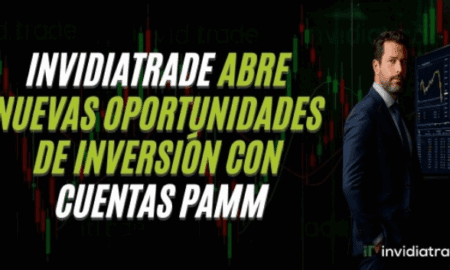Latest News
-

 5
5Social Labs AI Expands Its Behavioral Intelligence Portfolio with NRM™ and SEA™
San Francisco, CA — 2025 Social Labs AI is strengthening its position in the enterprise AI space with two new technologies designed...
-

 7
7Why Travis Scott Reps Are Becoming a 2025 Sneaker Essential
Not long ago, most people would’ve felt a bit awkward admitting they wear reps. But that’s changing fast. These days, more sneakerheads...
-

 7
7Data protection and GDPR compliance in Hungary: how can international companies stay on the safe side?
Since the EU General Data Protection Regulation (GDPR) came into effect in 2018, businesses operating within the European Union have faced strict...
-

 23
23Rohini Seth on Leading Alcott Global’s India Expansion and Building Future-Ready Business Value Chain Leadership
As India steps into a new era of industrial growth and global influence, Alcott Global is deepening its commitment to the region...
-

 18
18How Insurance Coverage Works When a Friend Wrecks Your Vehicle
Imagine your friend borrows your car to run a quick errand. They promise to be careful, but later you get a phone...
-

 25
25Turning Voice of Customer Into Roadmaps With a Customer Insights Platform
Organizations must realize the importance of listening to customers. By recording feedback, they have a better understanding of expectations, pain points, and needs. These...
-

 29
29Venom Blockchain Achieves 99.99% Uptime Over 19 Months, Setting New Industry Standard for Reliability
Abu Dhabi-based blockchain infrastructure provider demonstrates institutional-grade performance amid growing demand for reliable decentralized networks November 21, 2025 – As blockchain technology...
-

 27
27Blind Test: One Bag, Three Workshops – Who Restored the Louis Vuitton Alma PM Best?
Setup. As an independent lifestyle/retail journalist, I ran a controlled “blind test” on a single, well‑worn Louis Vuitton Alma PM in Monogram...
-

 28
28How to Choose the Best Neighborhood for Your Family
Ever stepped into a neighborhood and instantly felt either “This is it!” or “Nope, not for us”? Choosing where to live can...
-

 26
26Top 10 Kitchen Remodeling Contractors in Kansas City
Planning a kitchen remodel in the Kansas City metro area can be overwhelming. There are dozens of contractors, hundreds of reviews, and...
-

 30
30IPTV UK: The Complete Guide to Smarter TV Streaming Across the Country
Introduction Television in the United Kingdom is changing fast, and one of the major reasons behind this shift is the growth of...
-

 33
33What the End of the De Minimis Exemption Means for E-Commerce Brands
For years, the de minimis exemption — also known as Section 321 — made it easier for e-commerce brands to ship low-value...
-

 32
32How Campcruisers Is Revolutionizing Global RV Rental Distribution—And Why U.S. Operators Should Pay Attention
The recreational vehicle rental industry has undergone a seismic transformation over the past decade. What was once a fragmented marketplace dominated by...
-

 57
57Clause 13: A Publication Examining Founders, Capital, and Consequence With Unusual Clarity
Most writing about modern business sits at the extremes. One side elevates founders into myth. The other reduces them to cautionary tales....
-

 48
48IPTV: A Complete Guide to Smarter TV Streaming in the UK
Introduction Home entertainment in the UK has changed dramatically in recent years, and one of the biggest reasons is the rise of...
-

 34
34InvidiaTrade abre nuevas oportunidades de inversión con el lanzamiento de cuentas PAMM
[Ciudad de México, Octubre] — InvidiaTrade LATAM. En su esfuerzo por diversificar las alternativas de inversión y hacer el trading profesional más...
-

 86
86Jordan Lee: Scaling a Nine-Figure AI Company Without Venture Capital
Building a Platform Without Writing Code Jordan Lee didn’t come from a tech background, nor did he raise a single dollar of...
-

 72
72Brad Goh: The Anti-Guru Trader Redefining Success Through Proof and Discipline
A New Kind of Credibility In an online world where wealth is often paraded through rented cars and curated screenshots, Brad Goh...





















































